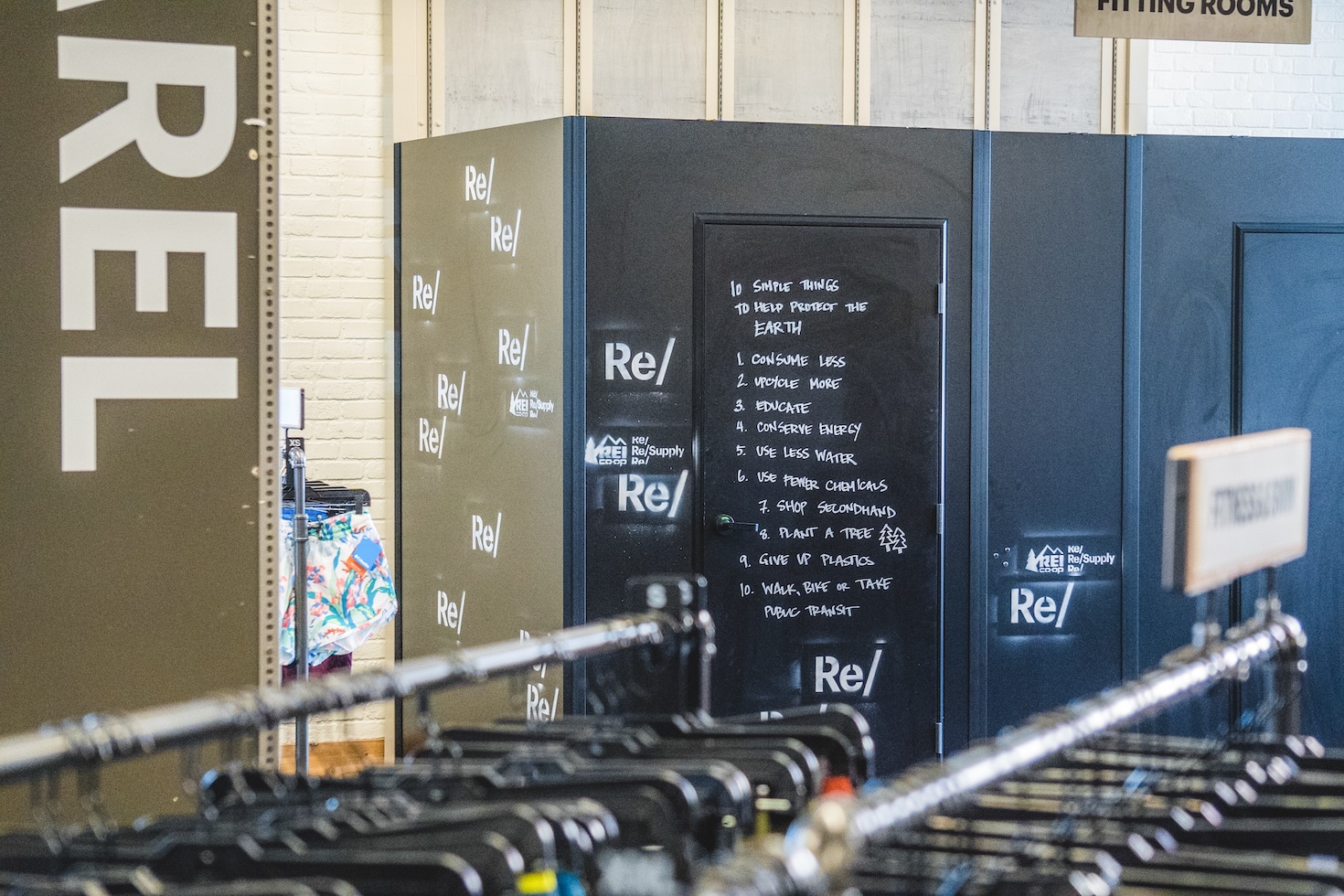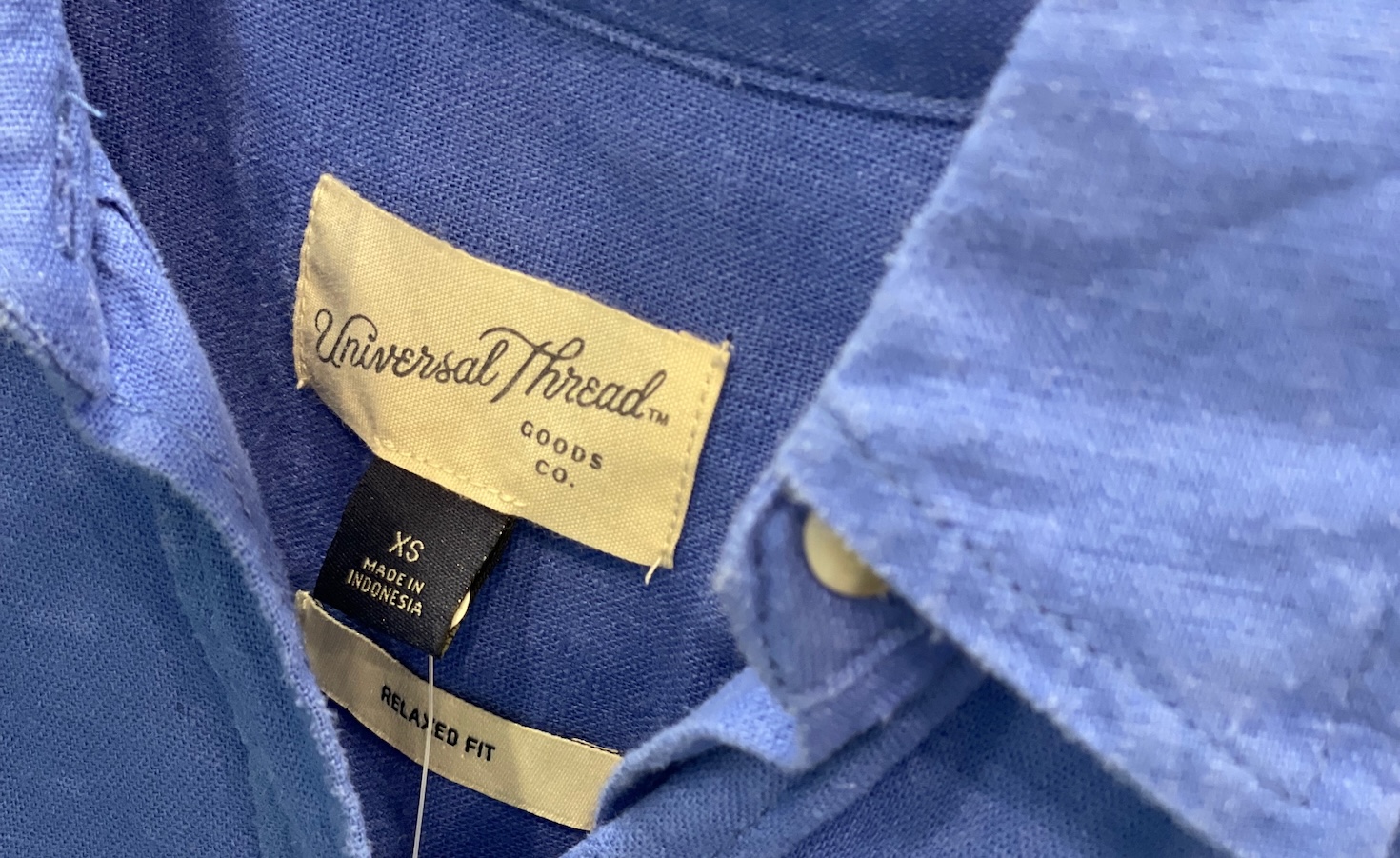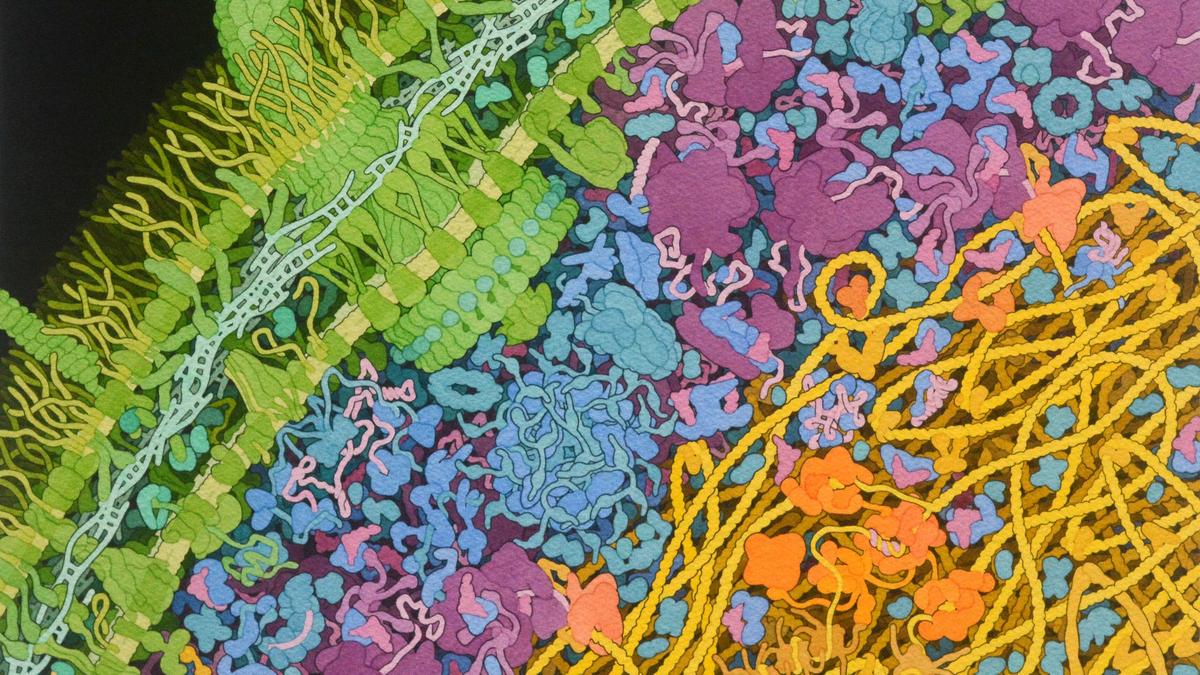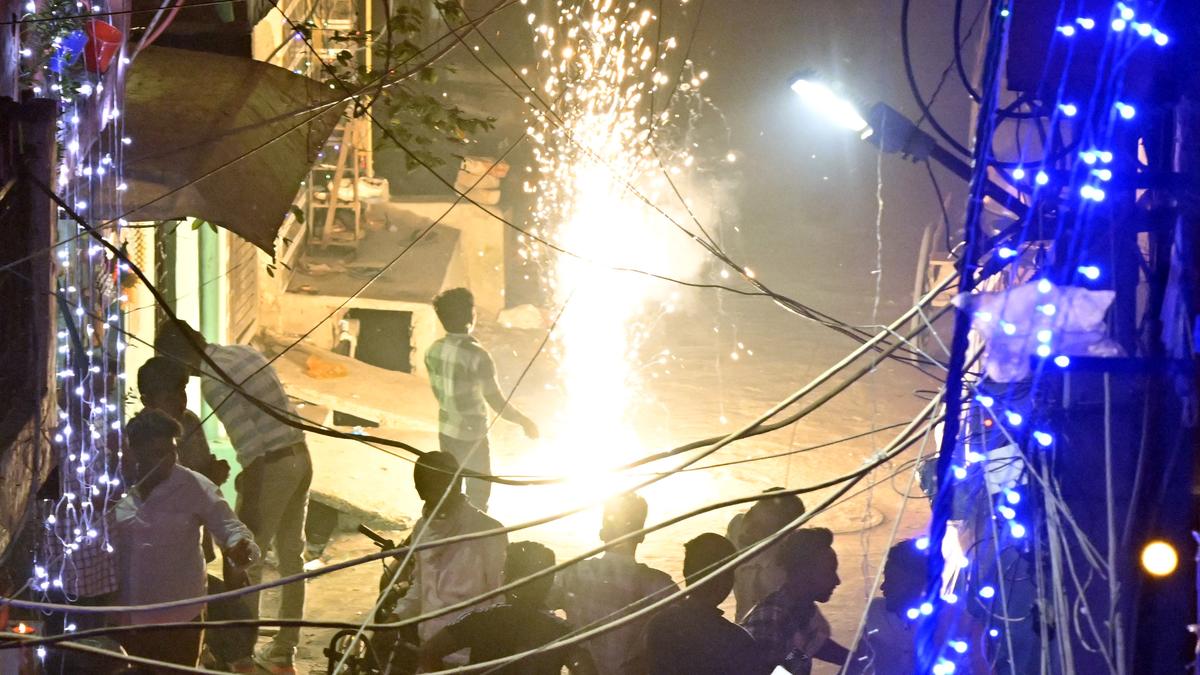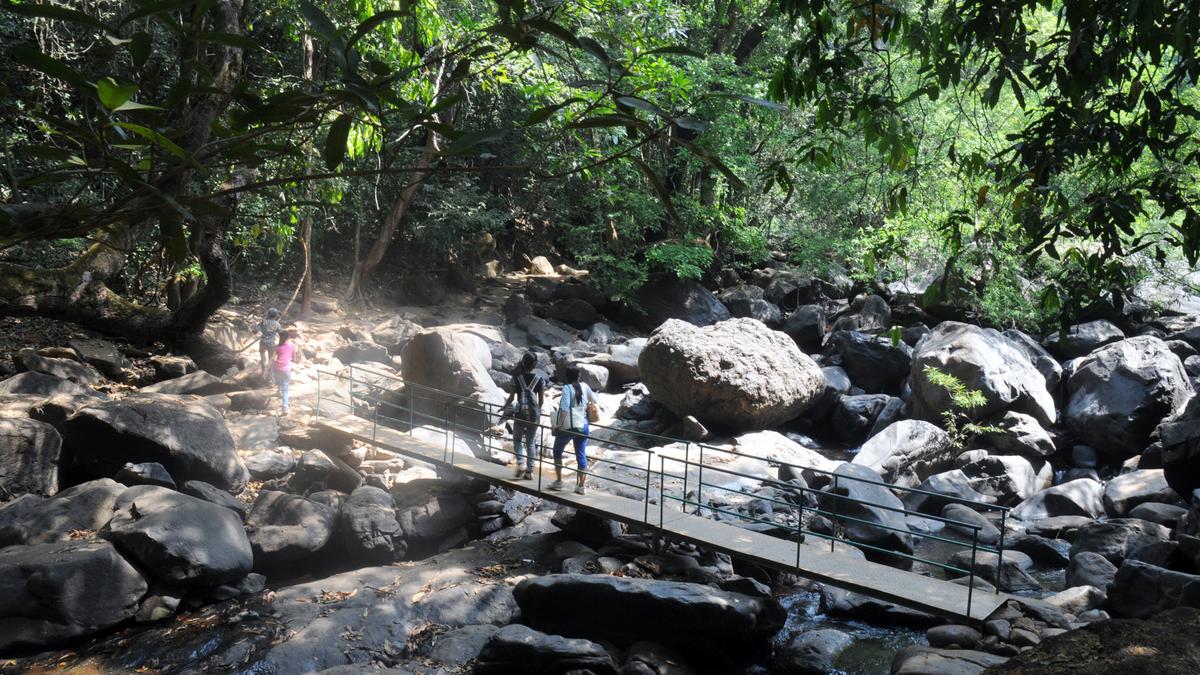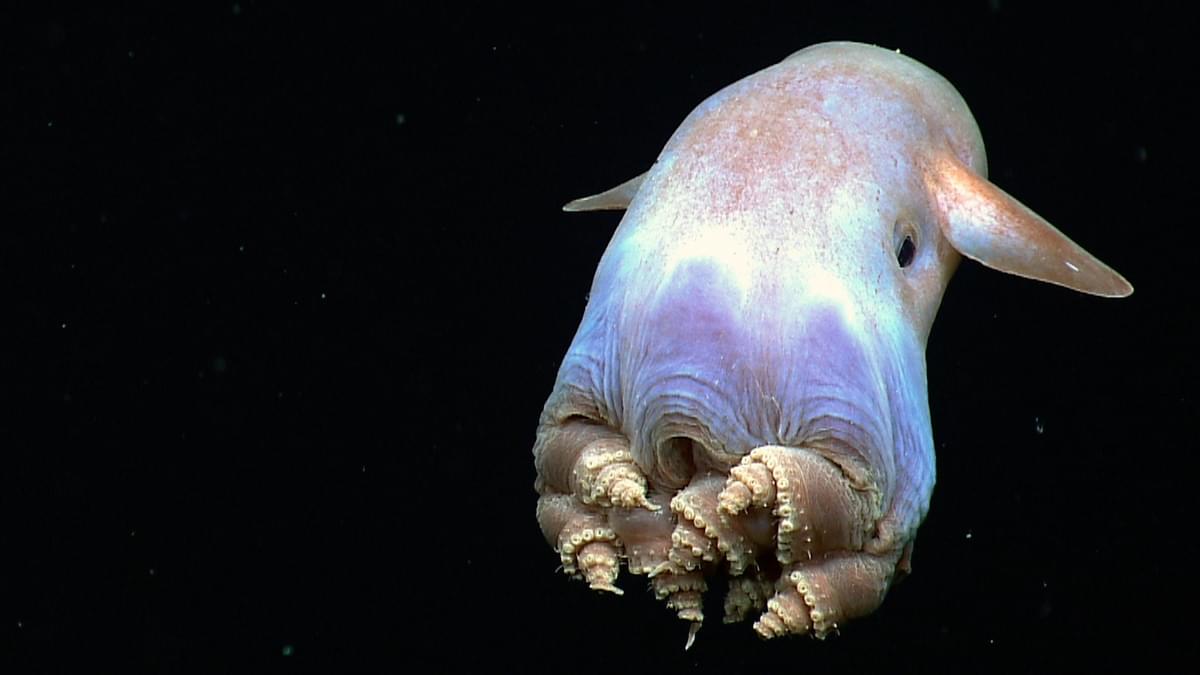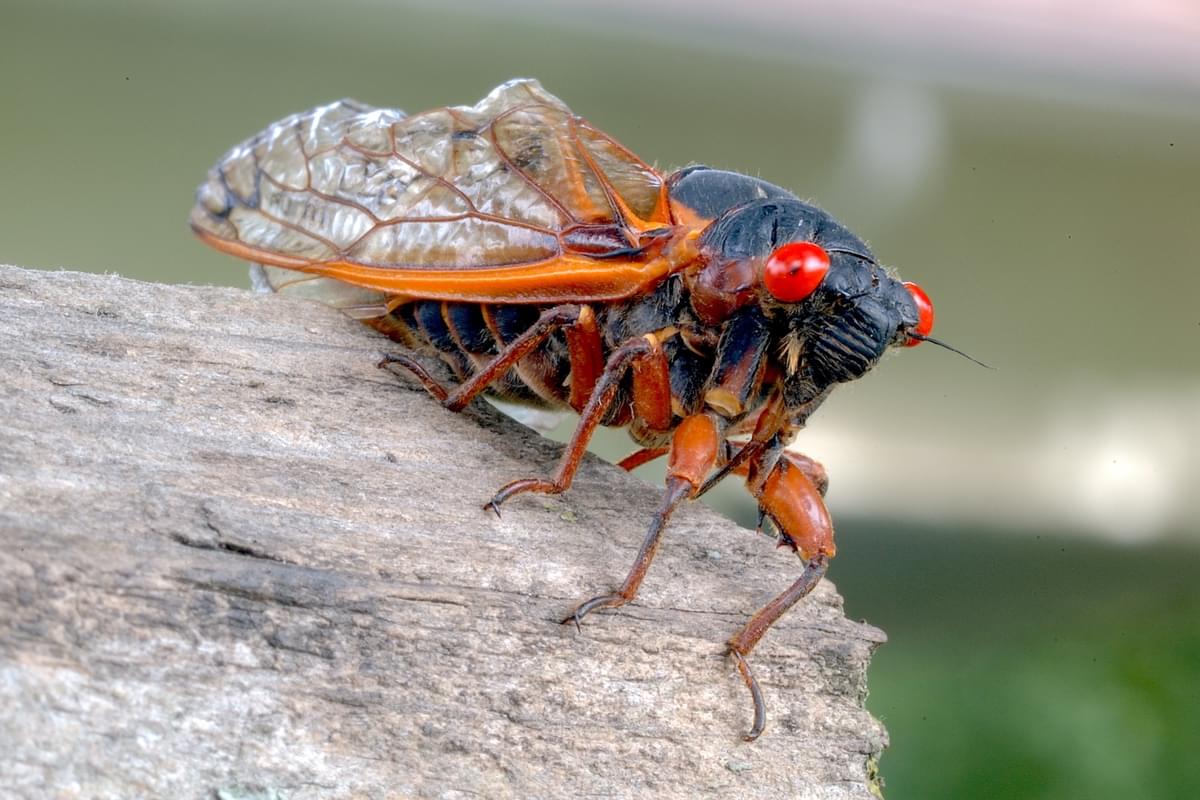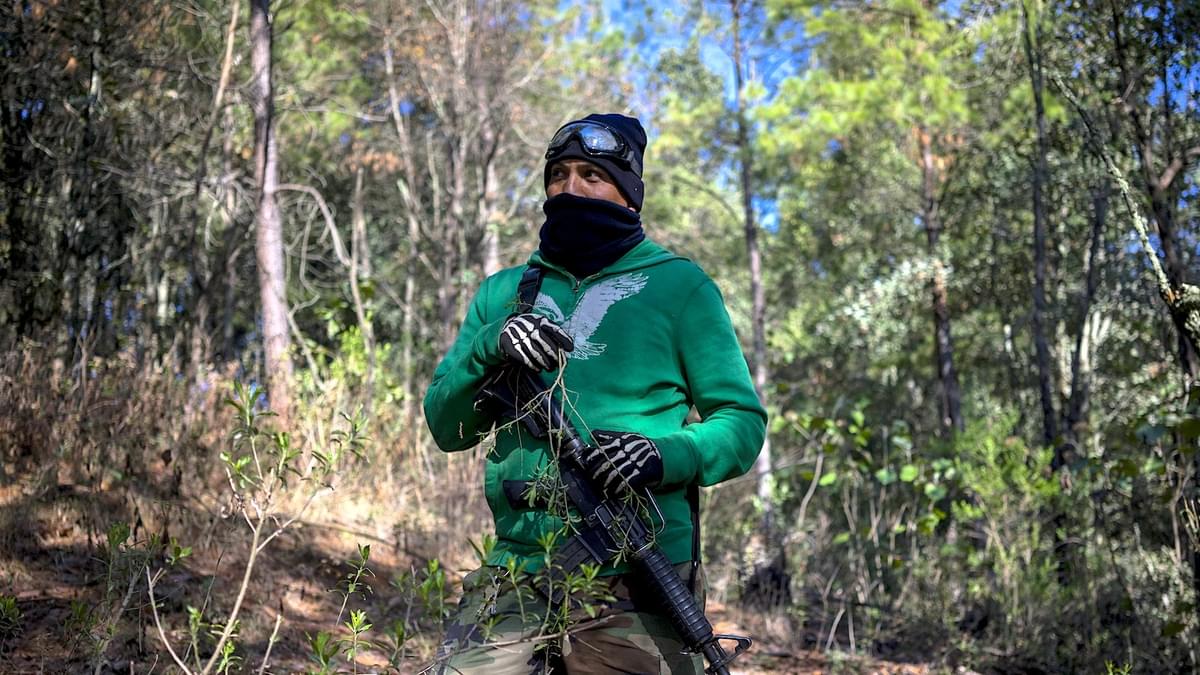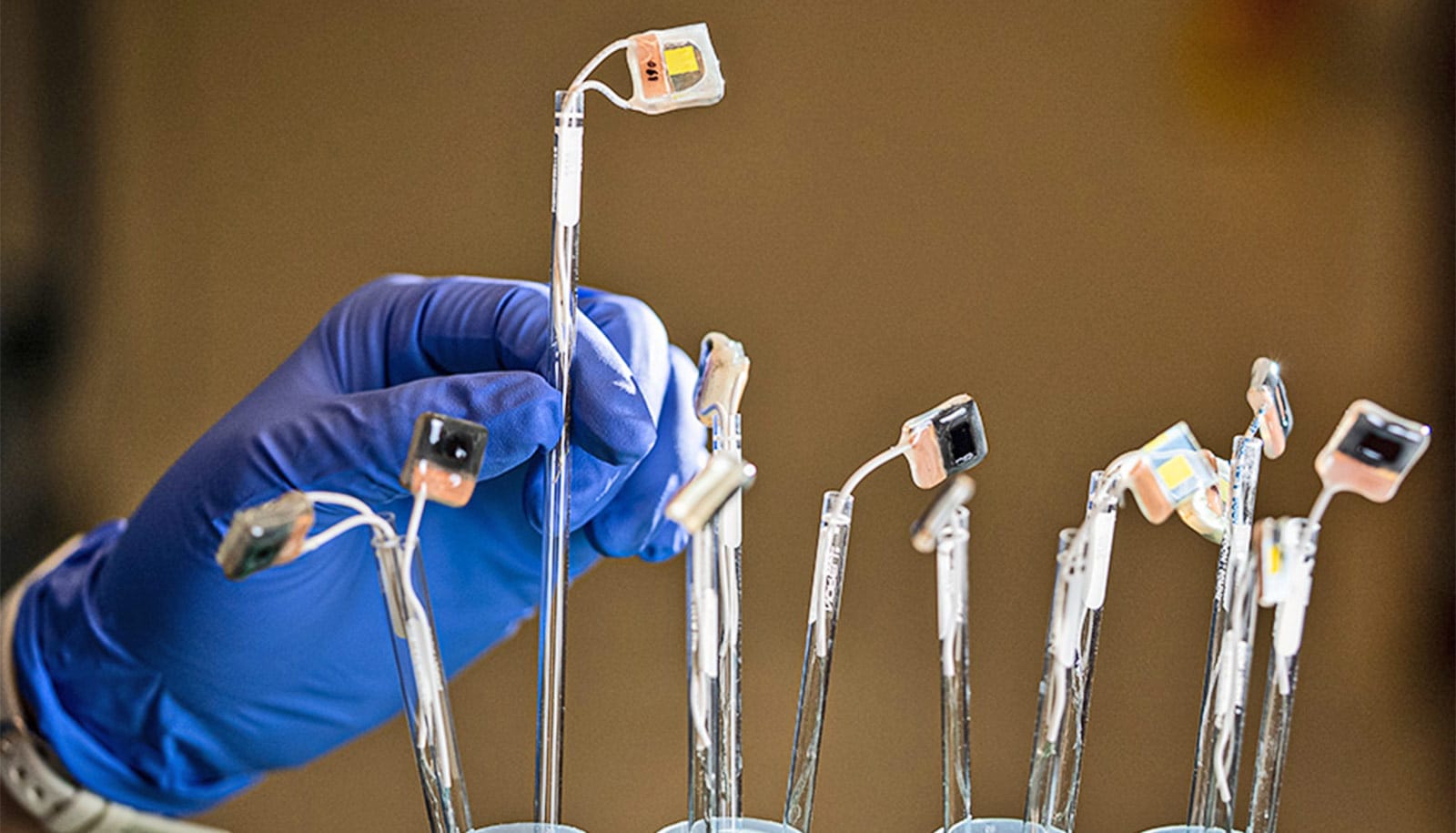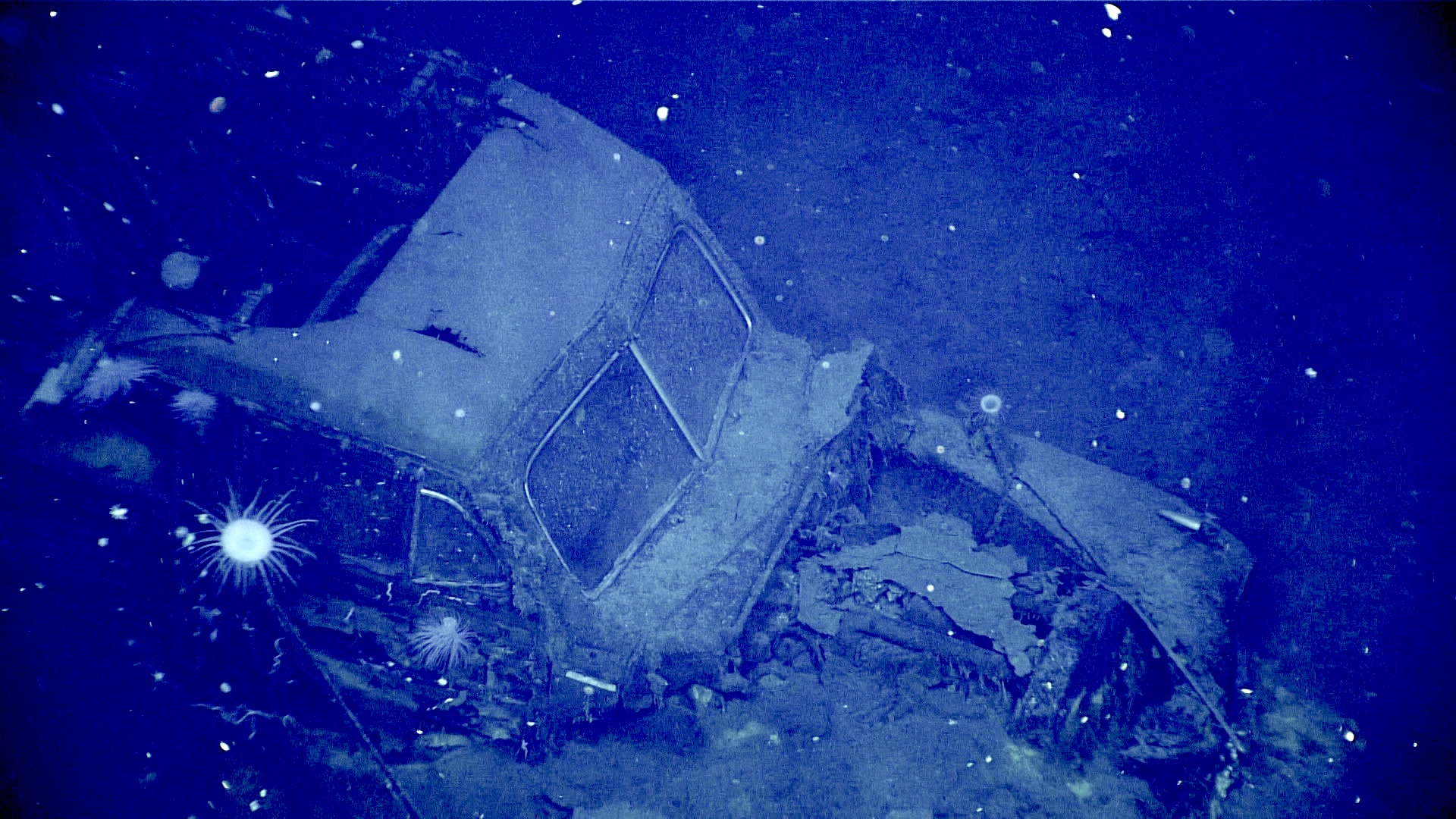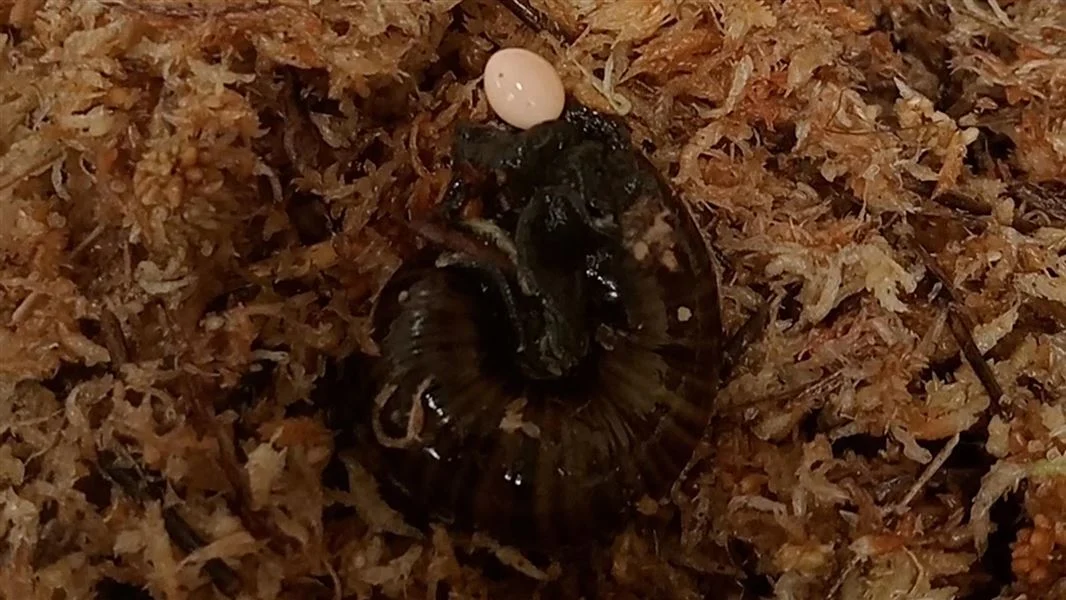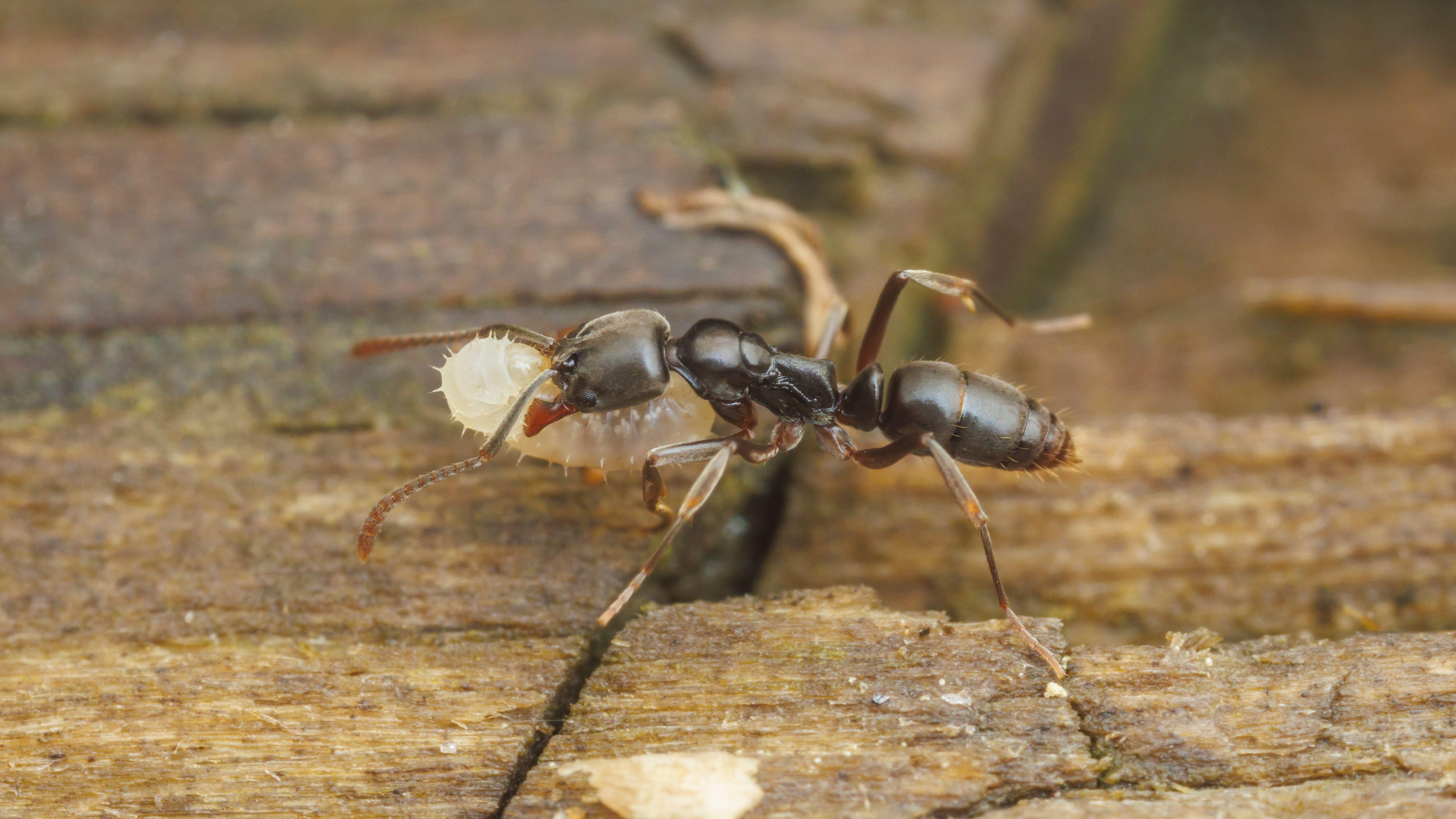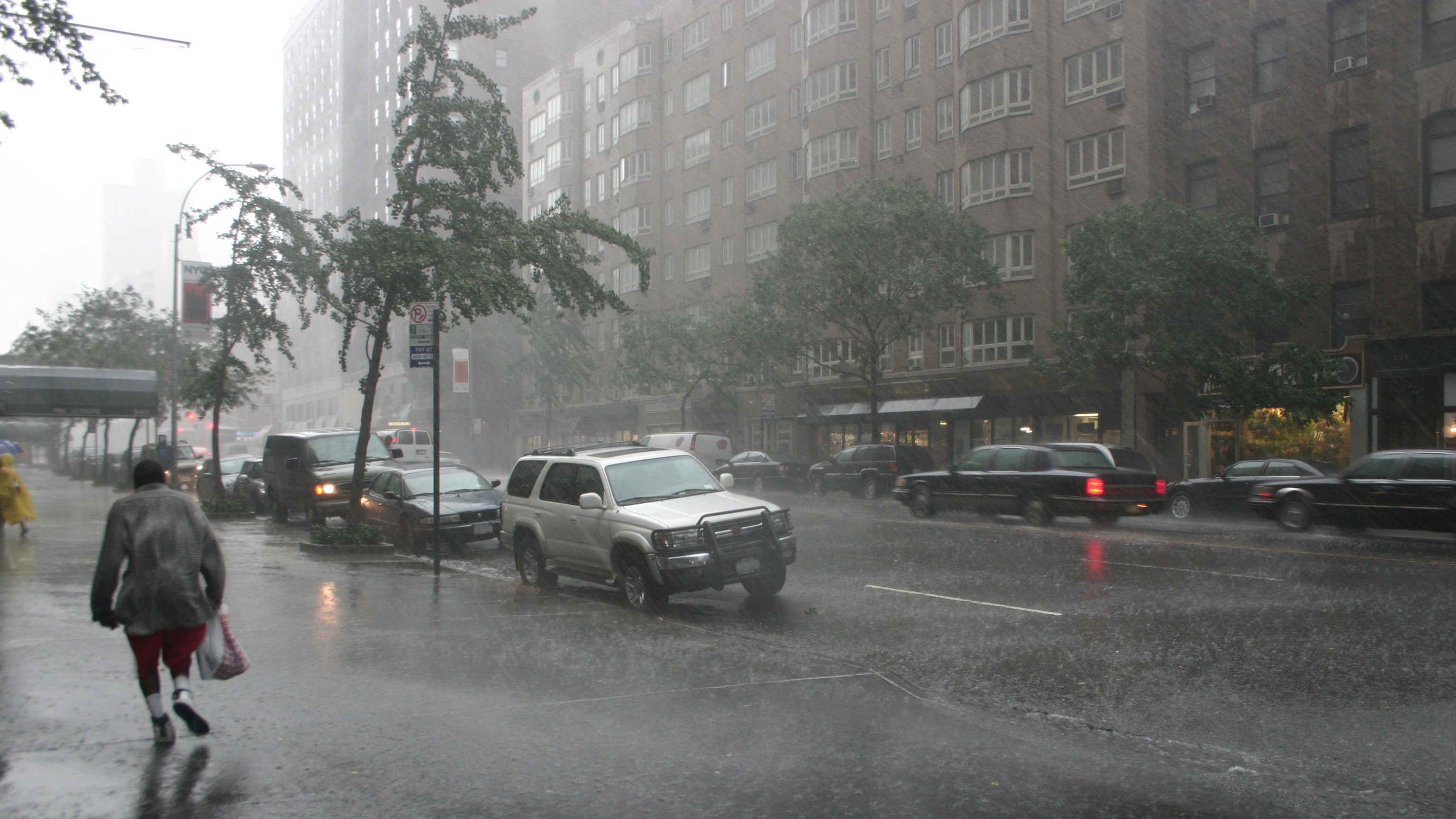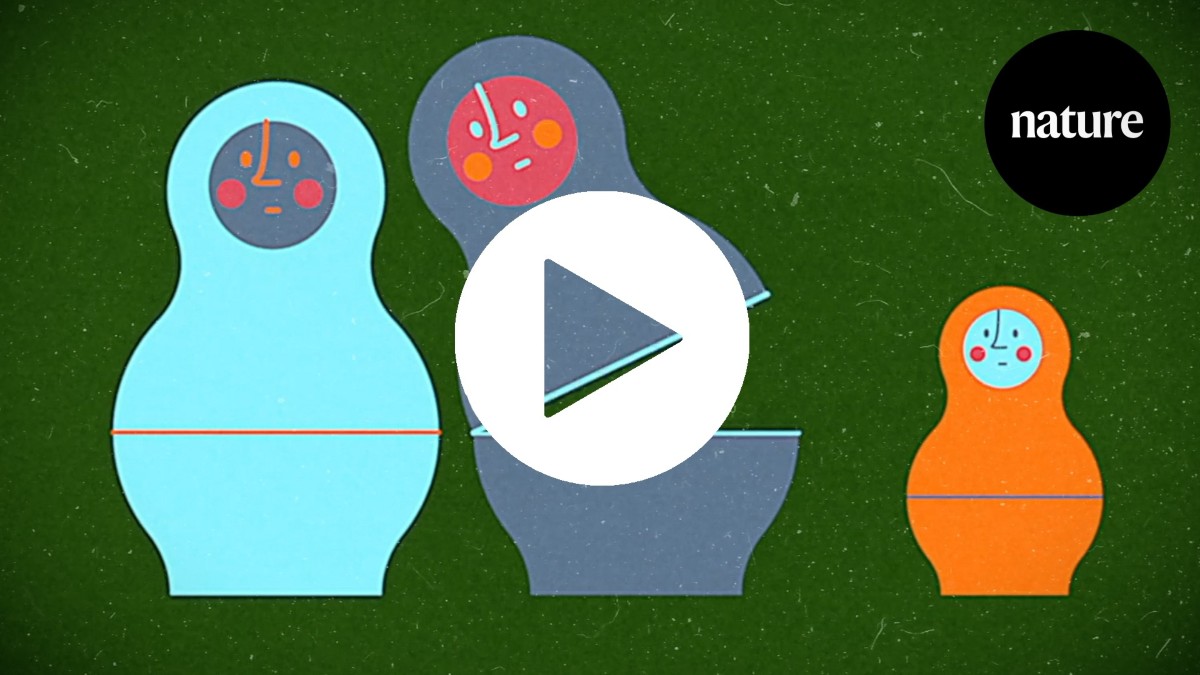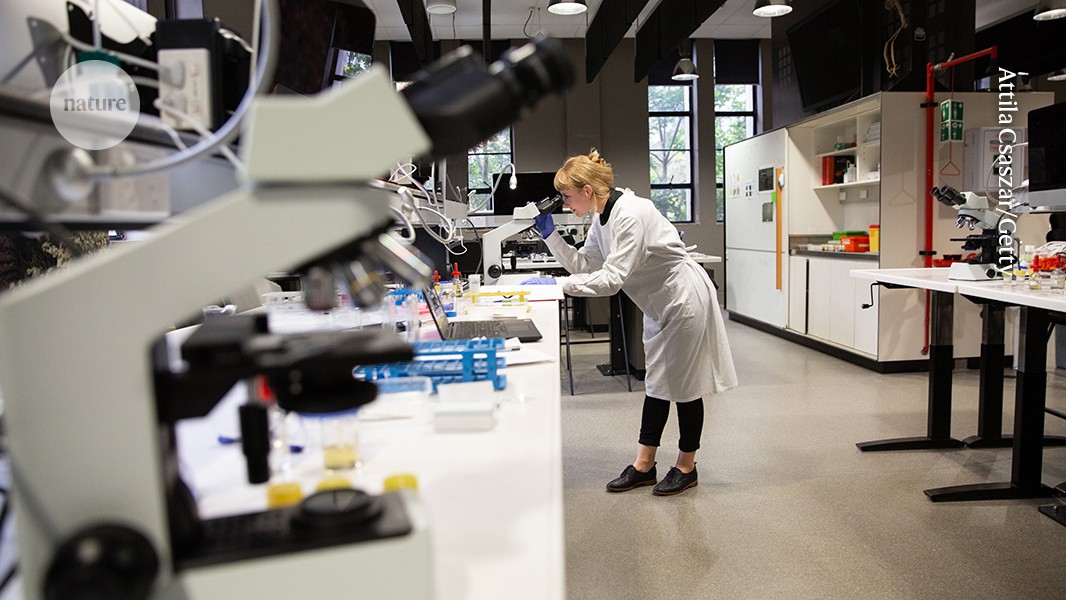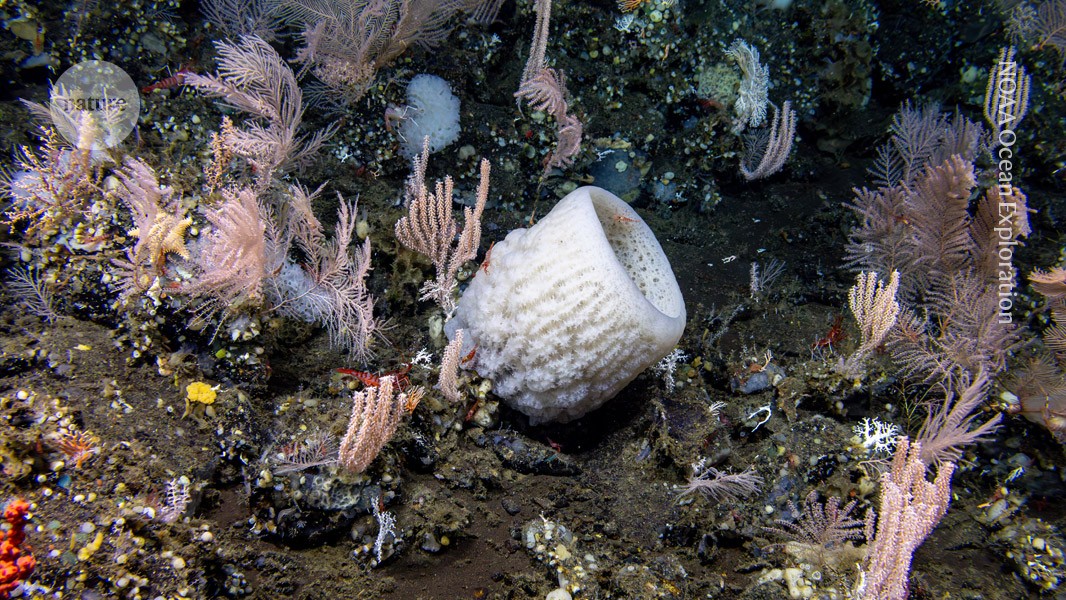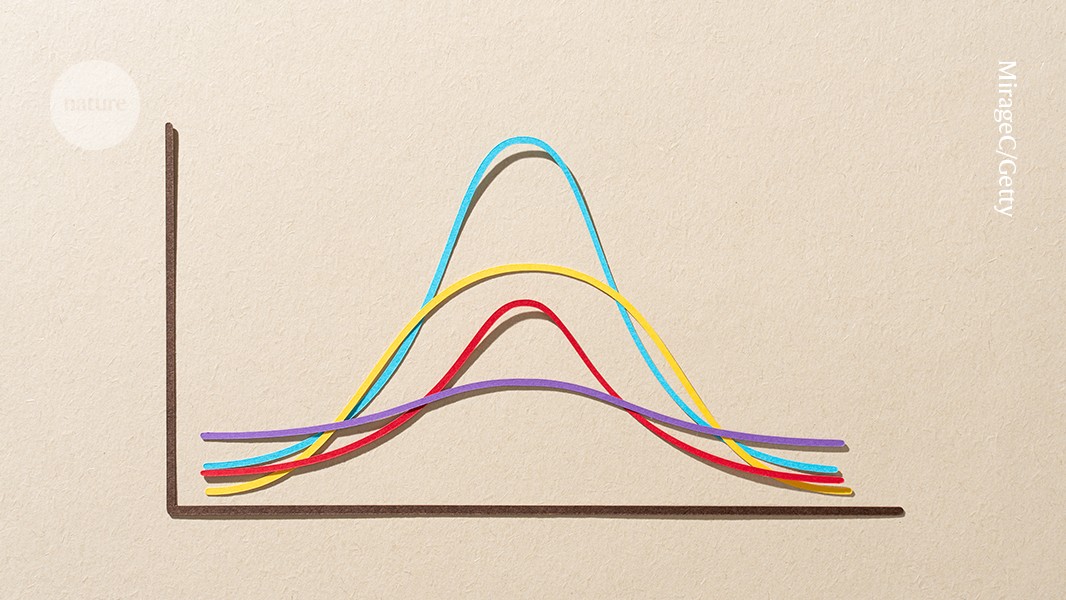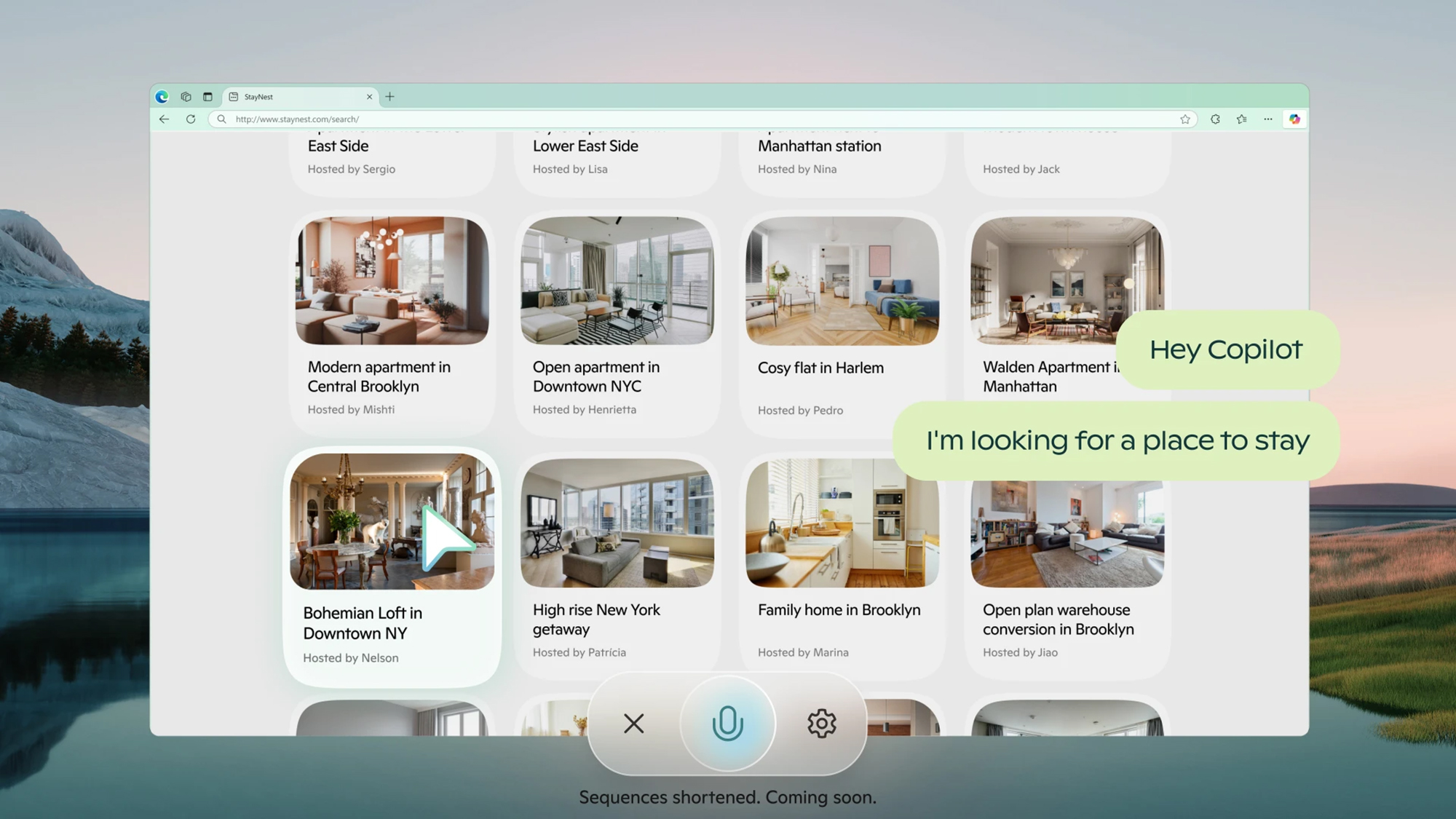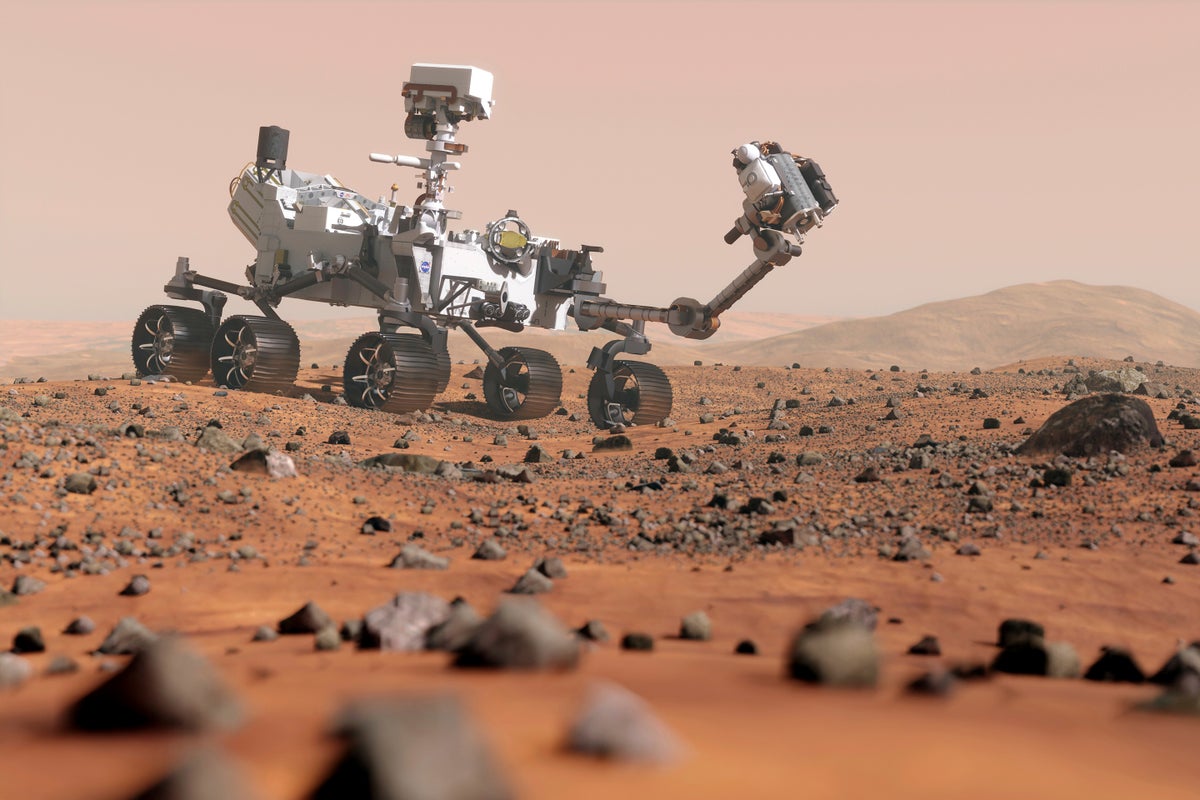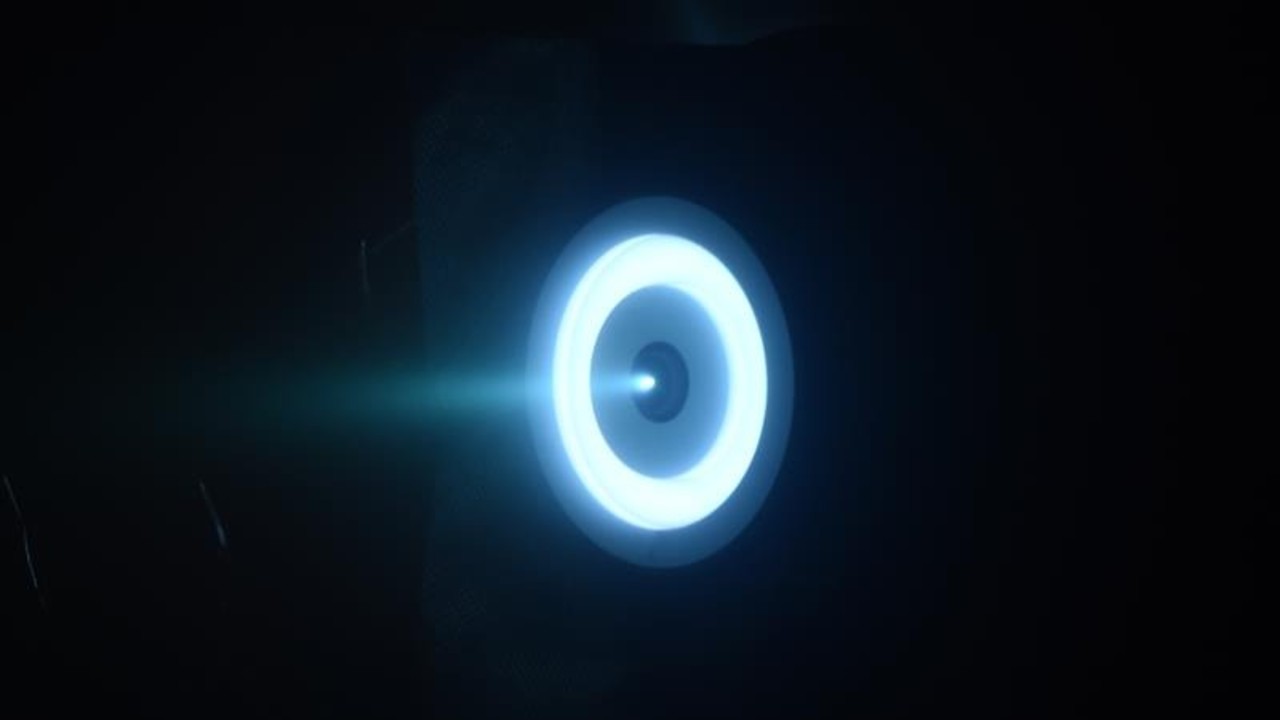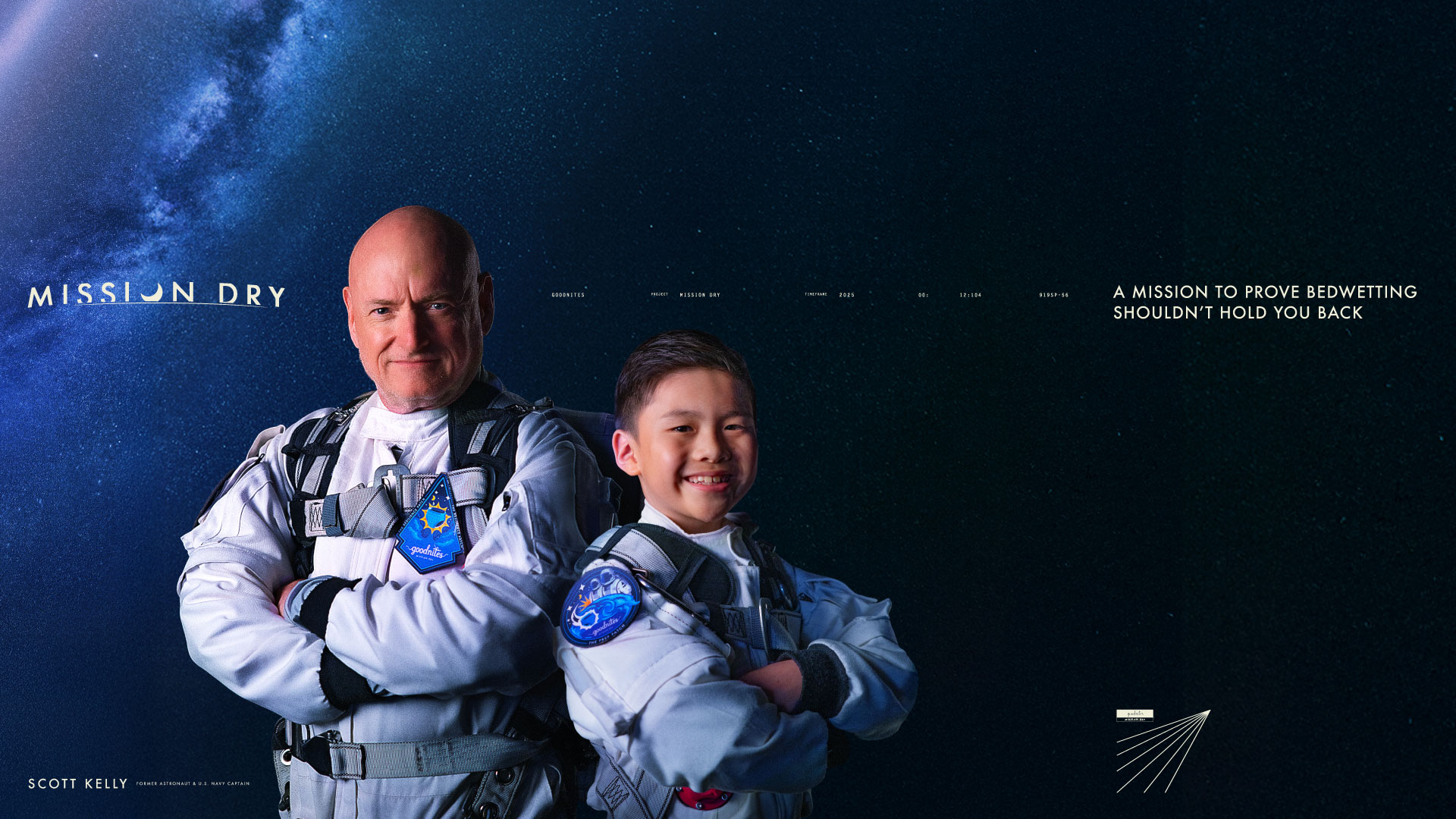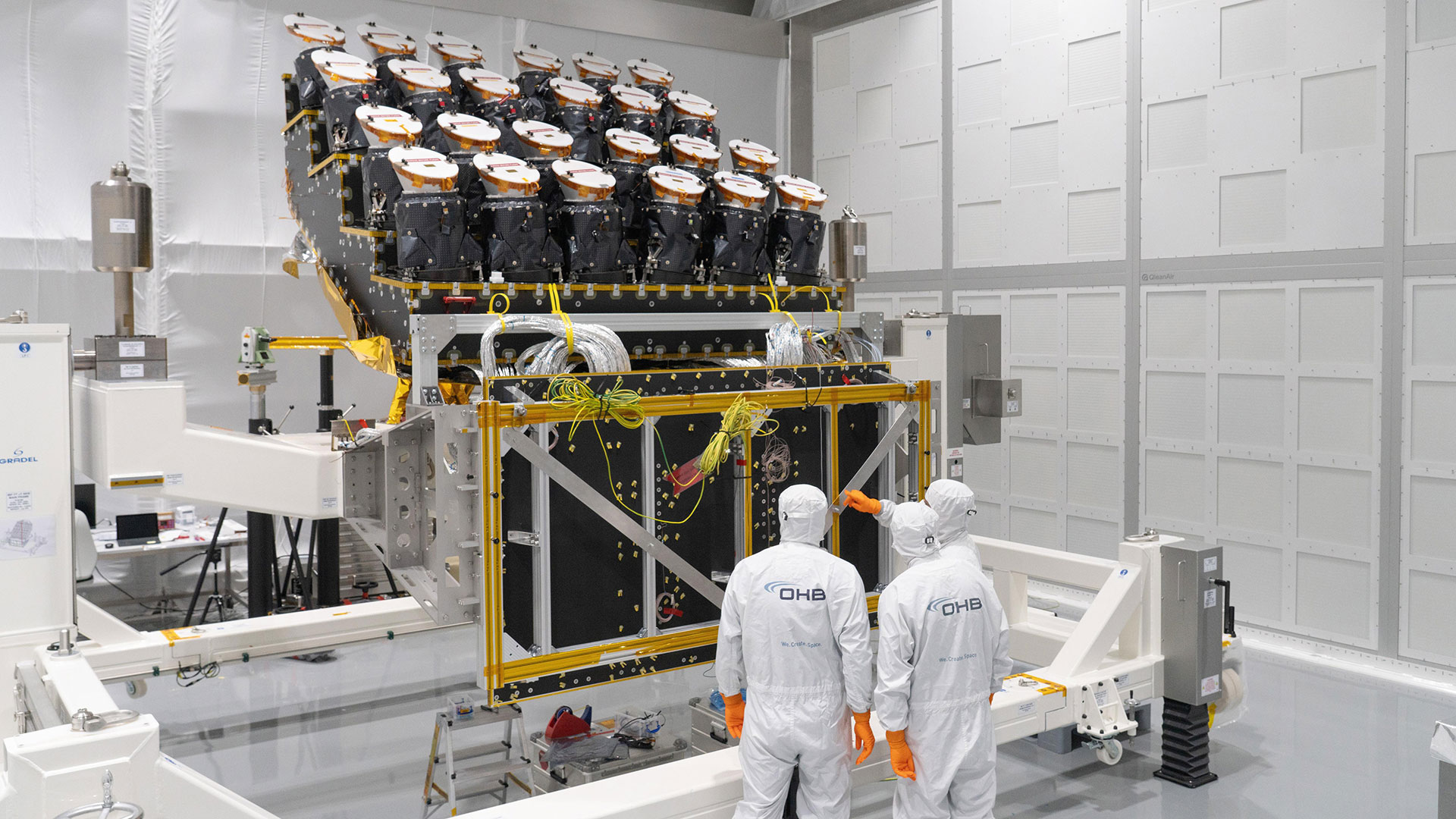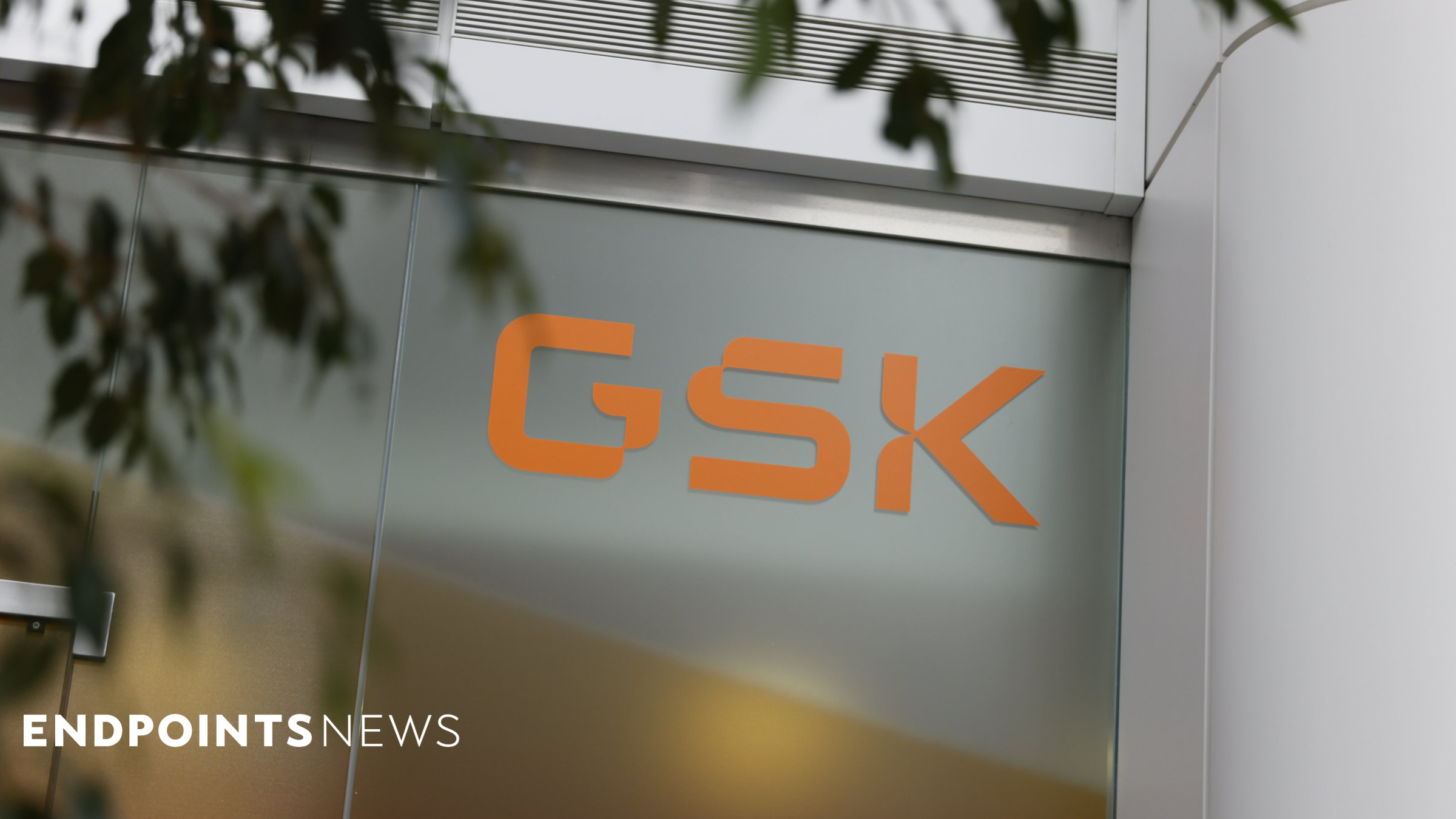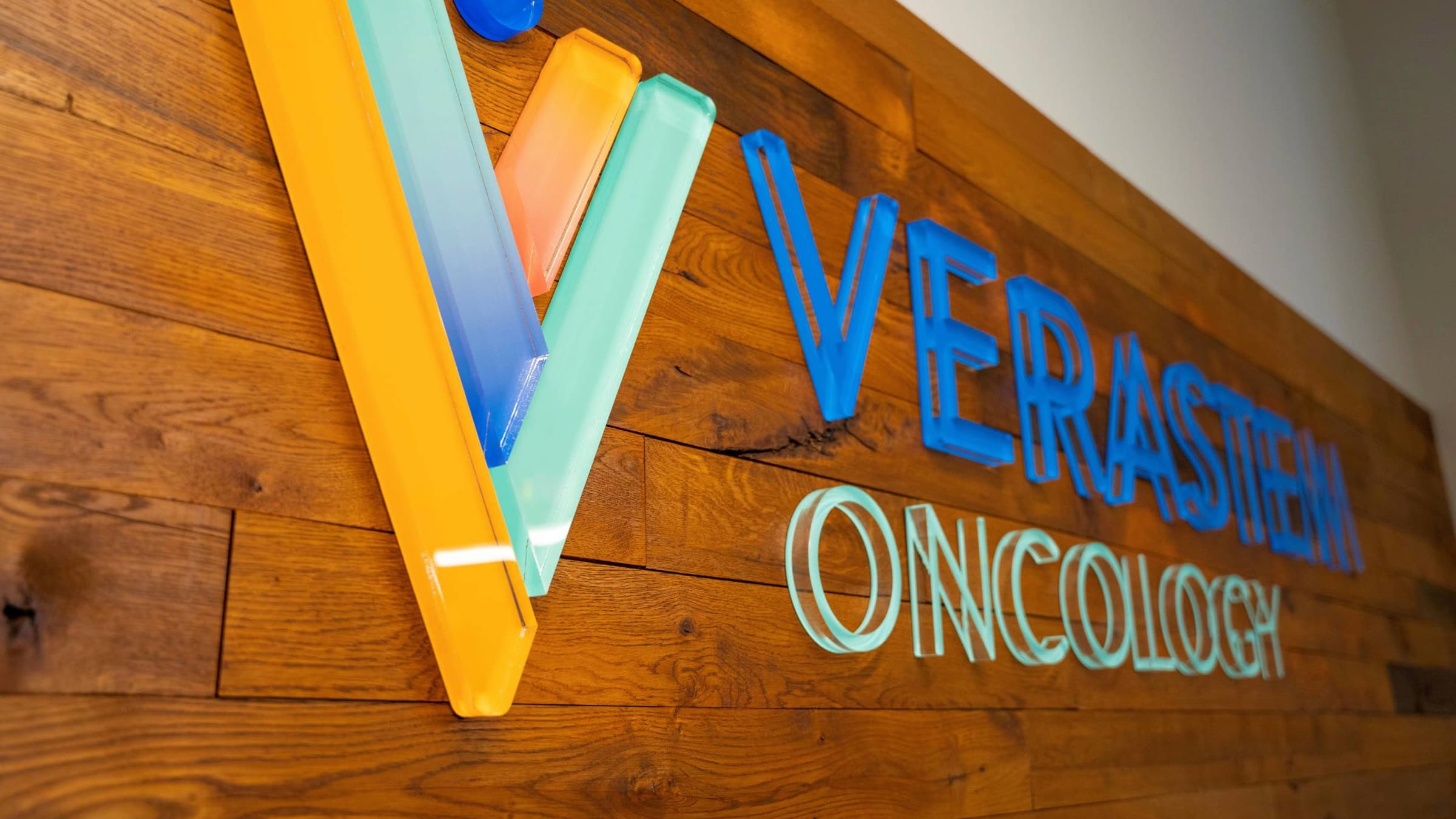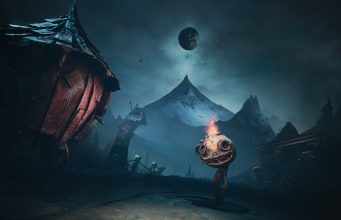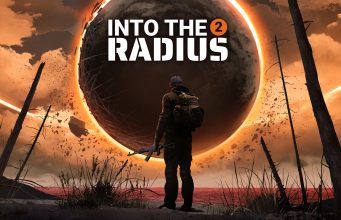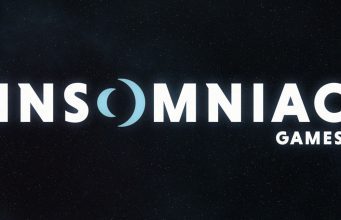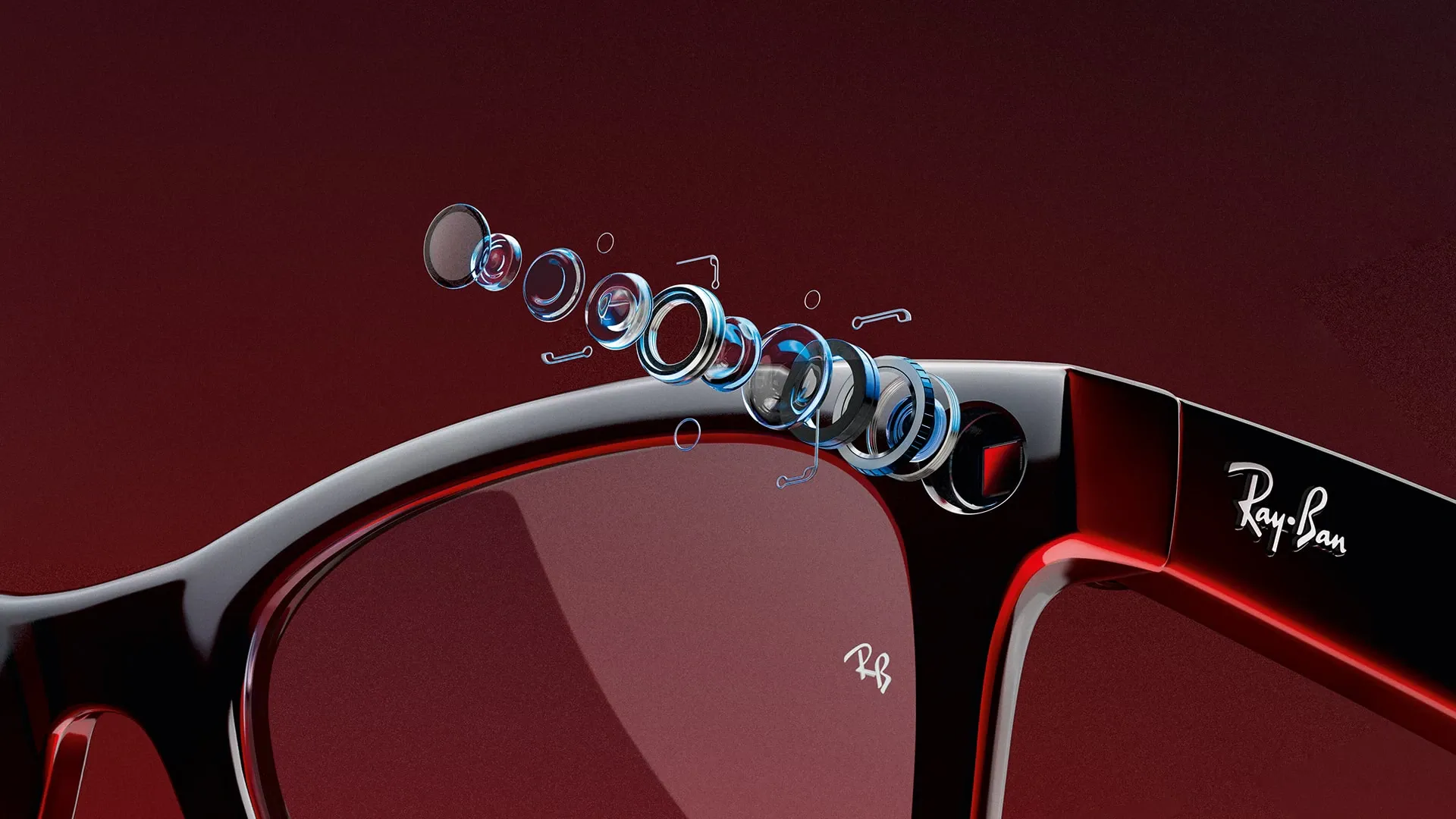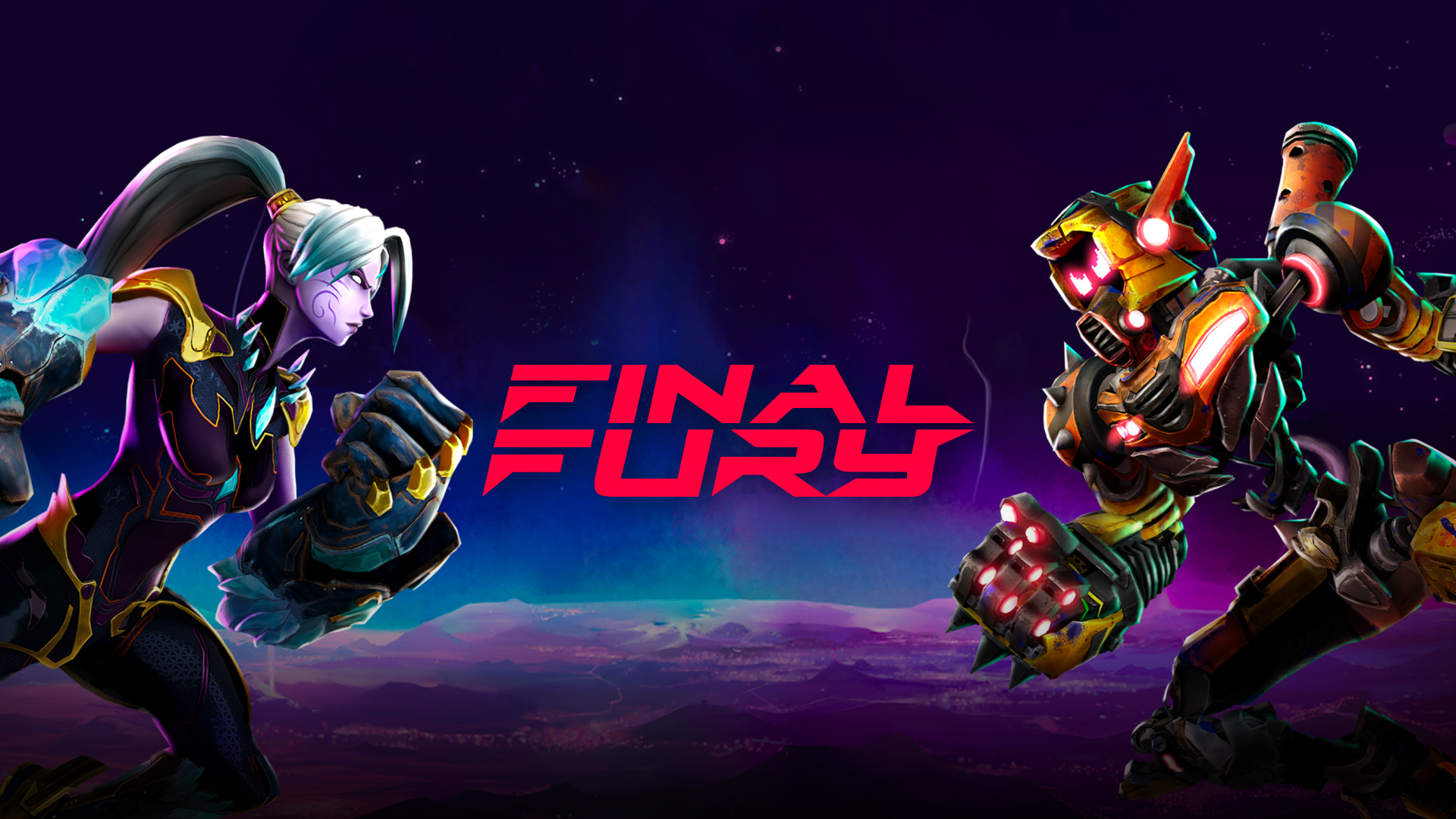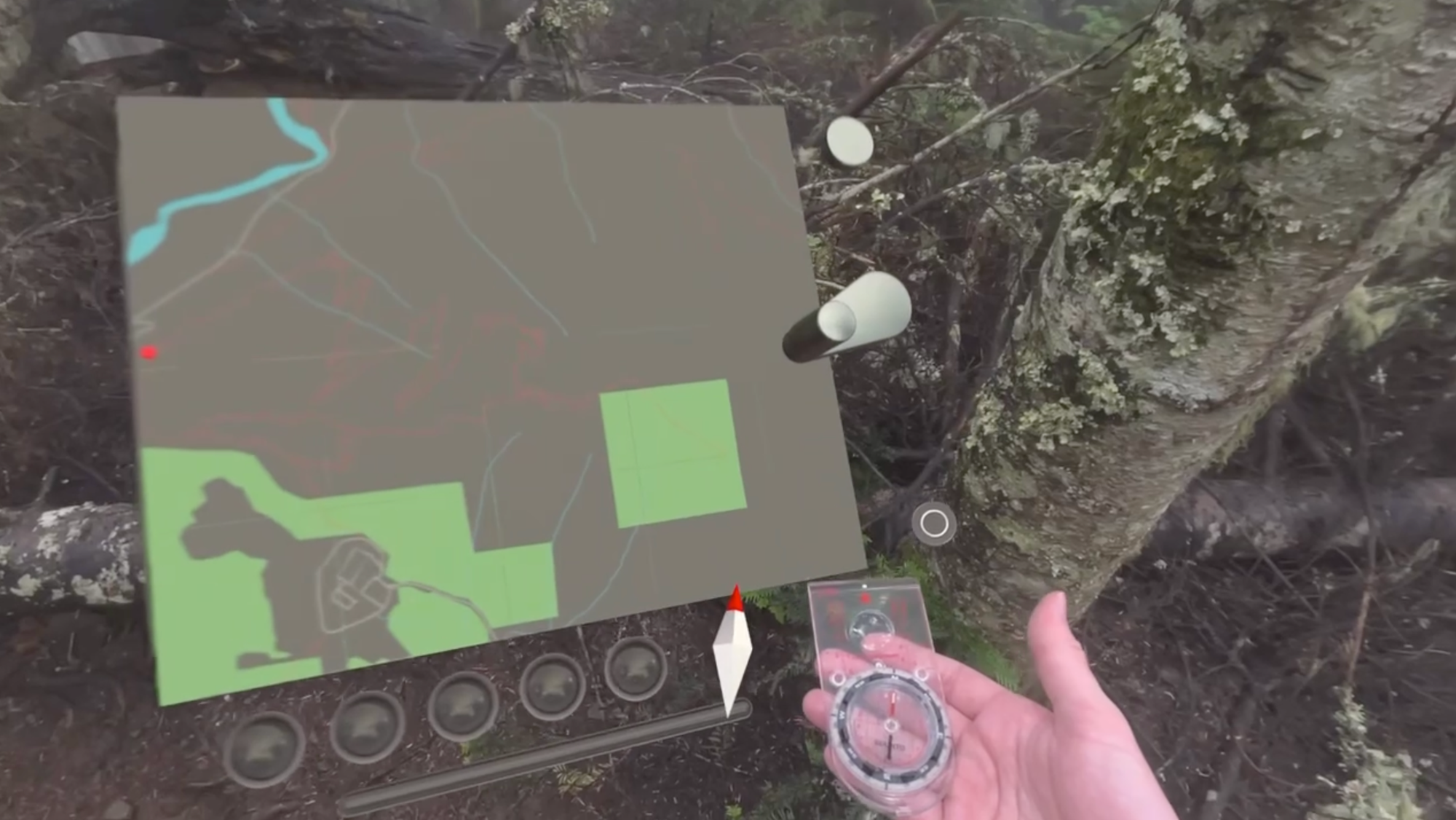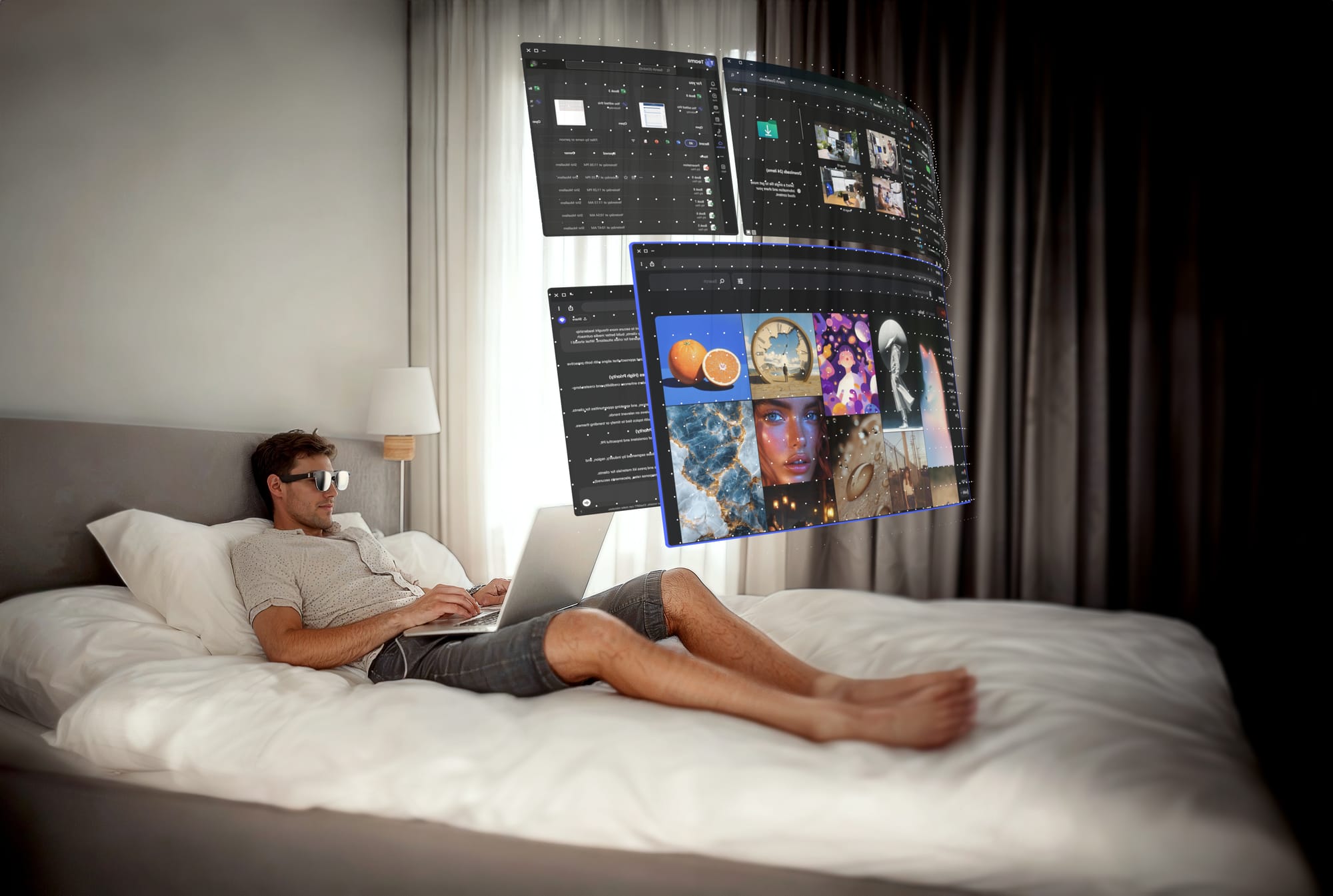Hauntify On Quest 3 Will Use Lasertag's Continuous Scene Meshing
Hauntify on Quest 3 will use Lasertag's continuous scene meshing too, eliminating the need for the room setup process and avoiding its problems.
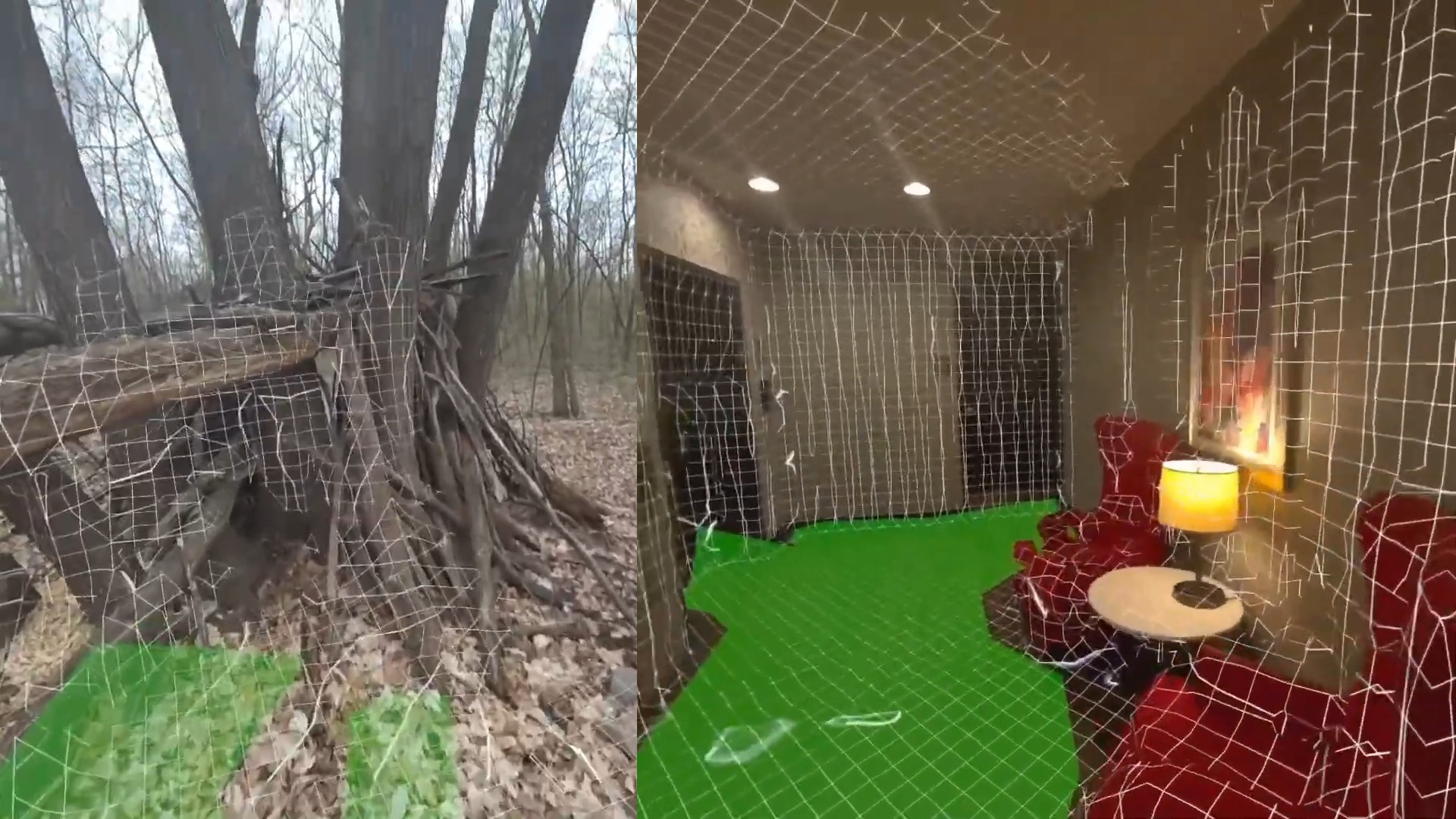

Hauntify on Quest 3 & 3S will use Lasertag's continuous scene meshing system in an update set to arrive this summer.
Last week, we highlighted how Lasertag's developer Julian Triveri implemented continuous scene meshing on Quest 3 & 3S using the Depth API. This removes the need for the official mixed reality room setup process, and handles furniture and other objects being added, removed, or moving - even during gameplay.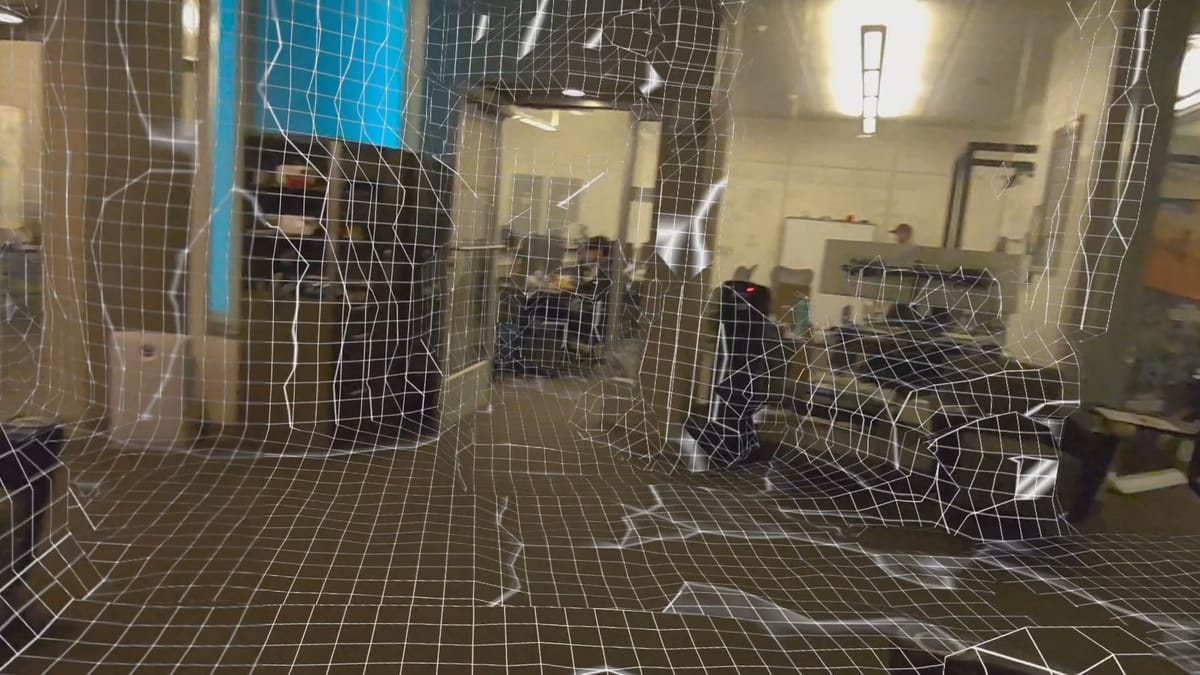
As we mentioned in that article, Triveri made the source code for his technique available on GitHub for other developers to use. Now, the developer of Hauntify has decided to do so.
Today, the $7 Hauntify on Quest uses Meta's official room setup system and guides you through how to ensure your scans for separate rooms can connect for a whole-home experience. While this does technically work, it's often a lengthy process that leads some players to just give up and refund the game.
With the update, which the developer tells UploadVR is set to arrive "this summer", the app will no longer use Meta's official system at all, just like Lasertag. This will avoid the need for a setup process, and allow Hauntify to be used in large homes, across multiple floors, and even outdoors. This is already how the game already works on visionOS, leveraging Apple Vision Pro's LiDAR-generated continuous scene mesh.
Assuming the update arrives by then, Hauntify could become an ideal Halloween 2025 demo of mixed reality on Quest 3 and Quest 3S.
While Julian Triveri's technique does have a performance cost, the significant benefits mean we expect Hauntify will be one of many mixed reality apps to adopt it on Quest 3 this year. If you're a developer planning to implement Triveri's technique, reach out to UploadVR to let us know.
















